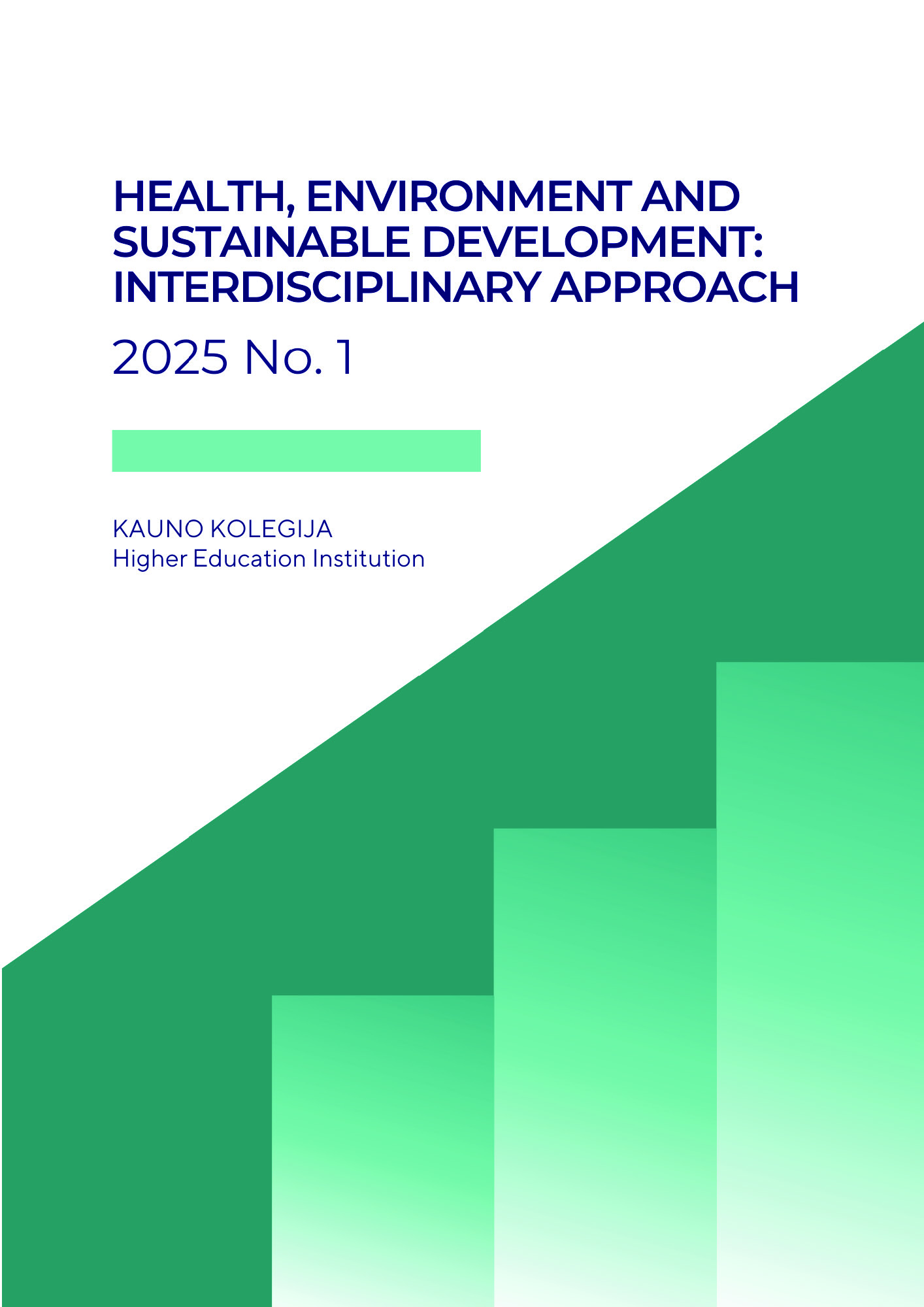Identifying and monitoring oral hygiene behavior and oral comfort in individual patients in a private oral hygiene clinic
DOI:
https://doi.org/10.59476/hesdia.v0i1.691Keywords:
self-employed oral hygienist, oral hygiene behavior, oral discomfort, private oral hygiene clinicAbstract
Oral care professionals try to promote or maintain individual optimal oral hygiene behavior (OHB) in daily practice in order to increase the effectiveness of their oral comfort interventions. The present research describes the evaluation of individual OHB and subjective oral discomfort by using the MondiX-i®.
261 patients in a private dental hygiene clinic in Groningen, The Netherlands completed a short questionnaire at their appointment for screening, monitoring and treatment. The first author treated the patients on a recall-routine, provided them with tailored advices about their oral health, which she did based on her own professional daily practical experience.
The data collection was based on a draft version of the MondiX-i®. This new measure includes two simple questions; “How do you estimate or do you evaluate your general health?” and “How do you estimate or do you evaluate your oral health?”, as well as the OHB index and an Oral Discomfort scale, a two dimensional scale to monitor psychological discomfort and physical discomfort. The present findings suggest that patients’ oral hygiene behavior in daily practice can be promoted, maintained and/or changed in the right/desired direction and indicate that oral discomfort play an important role in oral health care. Moreover, the results indicated that intrinsic motivated older patients’ oral hygiene behavior can be also improved by promoting support by significant others, such as the oral hygienist and the patients’ social environment.

